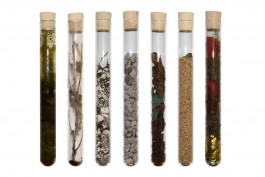
Landschaftsprobe Analysis Tool w/ Christoph Helfrich
In the summer of 2017 a study excursion led to the Ruhr area in western Germany, which used to be one of the largest industrial regions in Europe. It supplied Germany with industrial goods and resources such as lignite, coal and steel products. Today most of the fabrics, mills and mines are closed down and the region has to deal with its post-industrial heritage.
As part of a study excursion and to get in touch with the very unique post-industrial landscape of the Ruhr region, the analysis tool Landschaftsprobe was developed. It was taken at selected locations according to a fixed procedure: A team of two explorers, equipped with overalls and instrument cases, investigated the site and searched for a characteristic surface of the landscape. Using a spatula, they scraped the surface within a diamond shaped plate and filled the extracted material into a test tube. Finally, they photographically documented the sampling site. The purpose of the tool is multi-faceted: making contact, extracting material, leaving an ephemeral trace and generating memory. The individual approach to the landscape is provoked by synaesthetic experience.
Analysis tool 2017, Technical University Munich
Collaboration: Christoph Helfrich
Context: Study excursion to the Ruhr area, Germany
Chair: Chair of Landscape Architecture and Postindustrial Landscapes (Prof. Udo Weilacher)
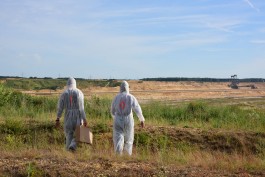
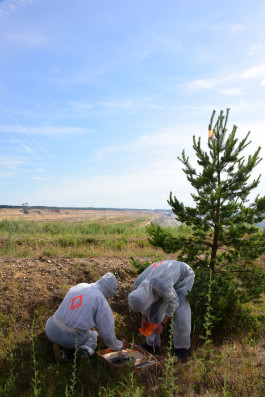
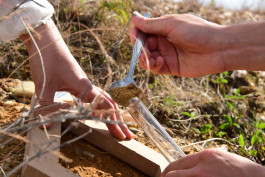
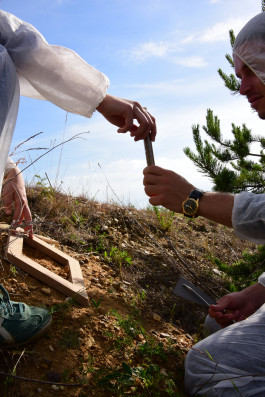
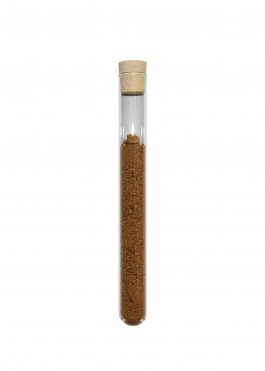
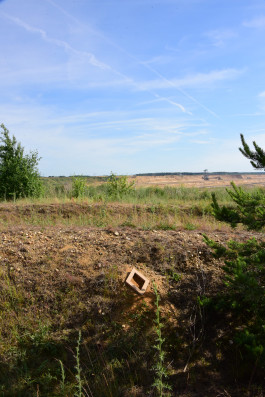
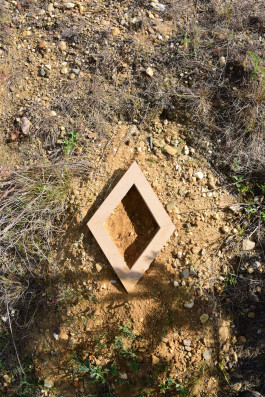
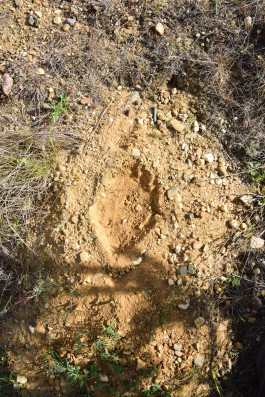
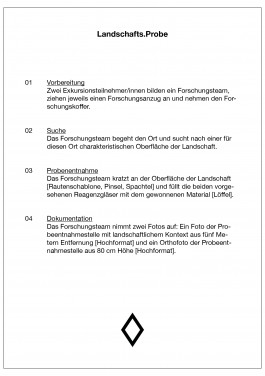
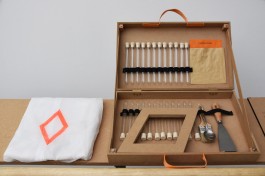
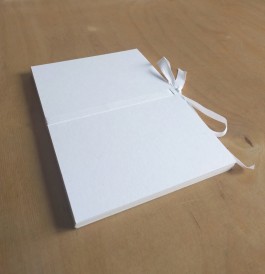
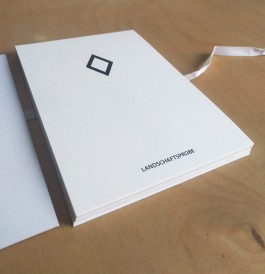
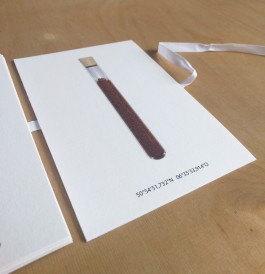
Booklet
20 Postkarten
280g Papier
Auflage: 10 Stk
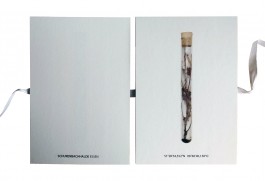
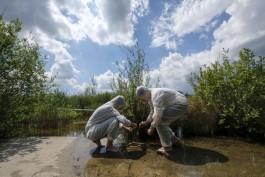
©Laura Loewel
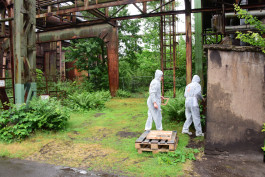
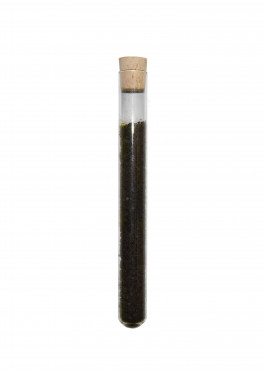
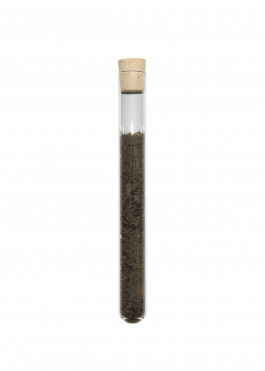
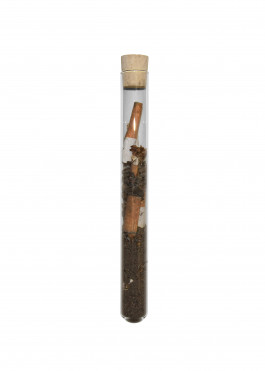
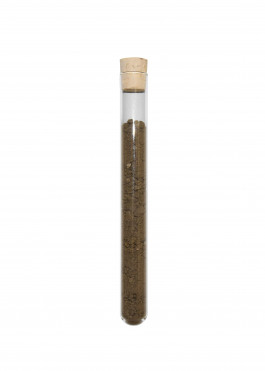
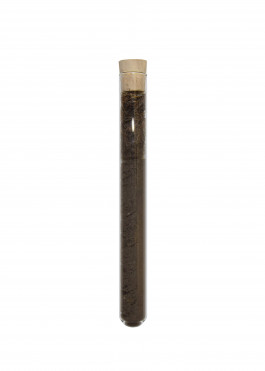
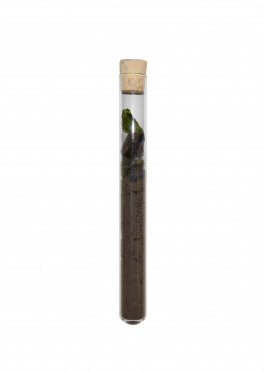
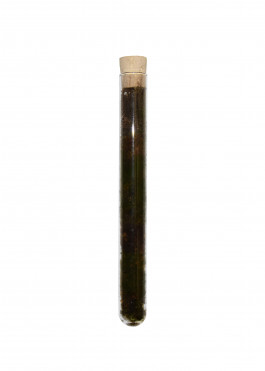
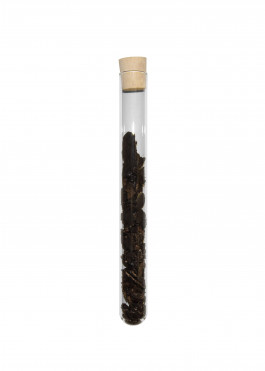
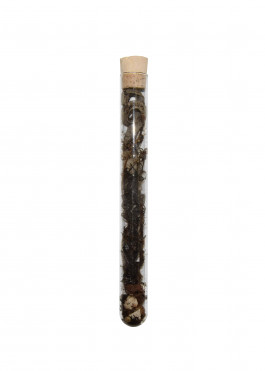
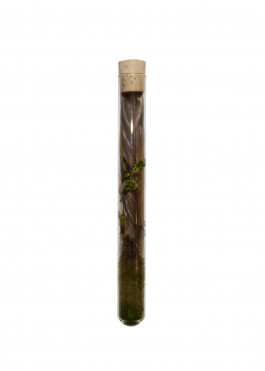
↑
Back to the top

Landschaftsprobe Analysis Tool w/ Christoph Helfrich
In the summer of 2017 a study excursion led to the Ruhr area in western Germany, which used to be one of the largest industrial regions in Europe. It supplied Germany with industrial goods and resources such as lignite, coal and steel products. Today most of the fabrics, mills and mines are closed down and the region has to deal with its post-industrial heritage.
As part of a study excursion and to get in touch with the very unique post-industrial landscape of the Ruhr region, the analysis tool Landschaftsprobe was developed. It was taken at selected locations according to a fixed procedure: A team of two explorers, equipped with overalls and instrument cases, investigated the site and searched for a characteristic surface of the landscape. Using a spatula, they scraped the surface within a diamond shaped plate and filled the extracted material into a test tube. Finally, they photographically documented the sampling site. The purpose of the tool is multi-faceted: making contact, extracting material, leaving an ephemeral trace and generating memory. The individual approach to the landscape is provoked by synaesthetic experience.
Analysis tool 2017, Technical University Munich
Collaboration: Christoph Helfrich
Context: Study excursion to the Ruhr area, Germany
Chair: Chair of Landscape Architecture and Postindustrial Landscapes (Prof. Udo Weilacher)













Booklet
20 Postkarten
280g Papier
Auflage: 10 Stk


©Laura Loewel










